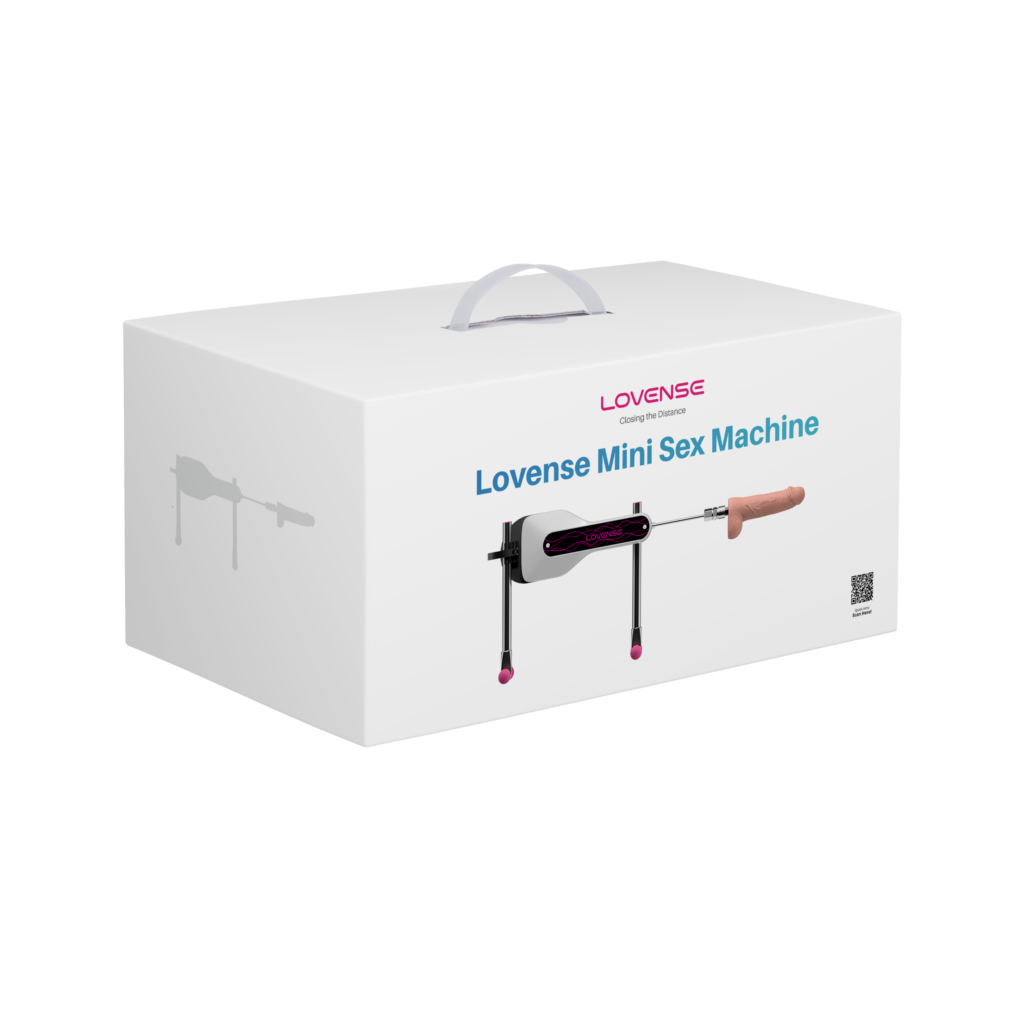Different Sexual Orientations

Sexual orientation and identity are essential components of human sexuality that have been studied for decades. As societal acceptance of diverse sexual identities continues to grow, it is increasingly important to understand the different types of sexual orientation and identity that exist. This article will explore the various forms of sexual orientation and identity, their definitions, and the unique challenges and opportunities associated with each.
Heterosexuality
It is the most common form of sexual orientation and identity and refers to a sexual attraction to members of the opposite gender. While heterosexuality is often seen as the “norm” in society, it is important to recognize that it is just one of many sexual orientations.
Homosexuality
It is a sexual orientation characterized by a romantic and/or sexual attraction to members of the same gender Homosexuality has historically been stigmatized and discriminated against, but increasing acceptance and visibility of the LGBTQ+ community has led to greater recognition and understanding of this sexual identity.
Bisexuality
It is a sexual orientation characterized by a romantic and/or sexual attraction to both males and females. This sexual identity is often misunderstood and stigmatized, and individuals who identify as bisexual may face unique challenges in both the LGBTQ+ and heterosexual communities.
Pansexuality
Sexual orientation is characterized by a romantic and/or sexual attraction to individuals of any gender identity or expression. Pansexual individuals may not be limited to binary gender identities and may be attracted to non-binary or gender non-conforming individuals.
Asexuality
Sexual orientation is characterized by a lack of sexual attraction to others. This sexual identity is often misunderstood and stigmatized, and individuals who identify as asexual may face unique challenges in understanding their desires and communicating them to others.
Demisexuality
It is a sexual orientation characterized by a need for a solid emotional bond with someone before feeling sexual attraction. This sexual identity is often misunderstood and difficult to recognize or communicate to others.
Queer
Queer is an umbrella term encompassing various sexual orientations and gender identities. It is often used by individuals who do not feel that traditional labels accurately represent their identity.
Challenges and Opportunities Associated with Sexual Orientation and Identity:
- Discrimination and Stigma:
Many individuals face discrimination and stigma based on their sexual orientation and identity, leading to isolation and fear.
- Self-Acceptance:
Discovering and accepting one’s sexual orientation and identity can be a challenging and ongoing process, particularly in the face of societal pressure and stigma.
- Relationship Dynamics:
Different sexual orientations and identities can impact the dynamics of romantic and sexual relationships, requiring communication and understanding from both partners.
- Visibility and Representation:
Increasing visibility and representation of diverse sexual orientations and identities can help reduce stigma and increase societal acceptance.
Tips for Understanding and Supporting Different Sexual Orientations and Identities:
- Educate Yourself:
Take the time to educate yourself on different sexual orientations and identities and their unique challenges and opportunities.
- Respect Pronouns and Identities:
Use the pronouns and identities that individuals prefer, and respect their right to identify in a way that feels authentic to them.
- Listen and Learn:
Listen to the experiences of individuals with different sexual orientations and identities, and learn from their perspectives and insights.
- Support Visibility and Representation:
Support visibility and representation of diverse sexual orientations and identities in media, politics, and everyday life to help reduce stigma and increase acceptance.
In conclusion, sexual orientation and identity are complex and diverse aspects of human sexuality. By understanding and supporting different sexual orientations and identities, we can create a more inclusive and accepting society for all individuals.


